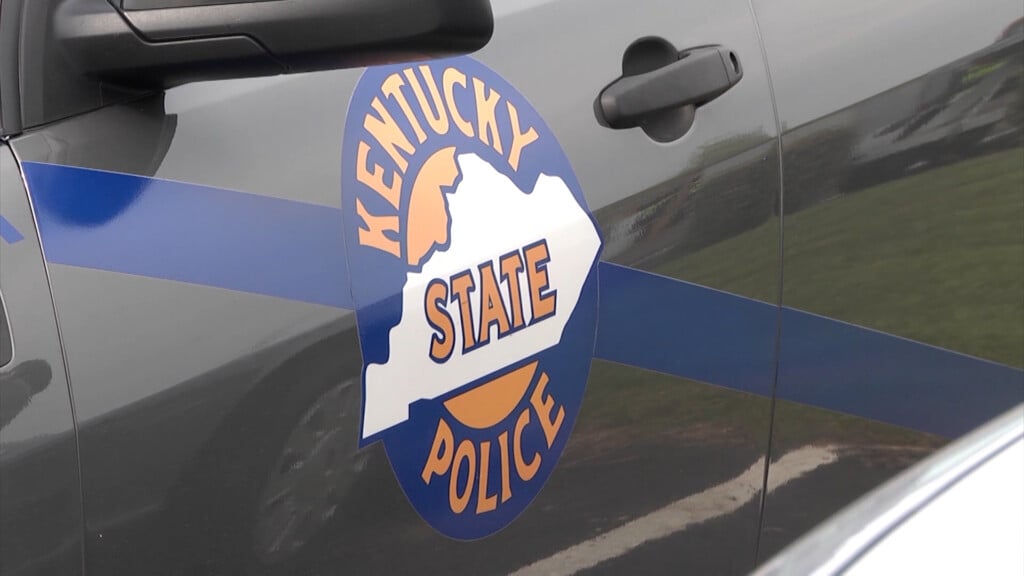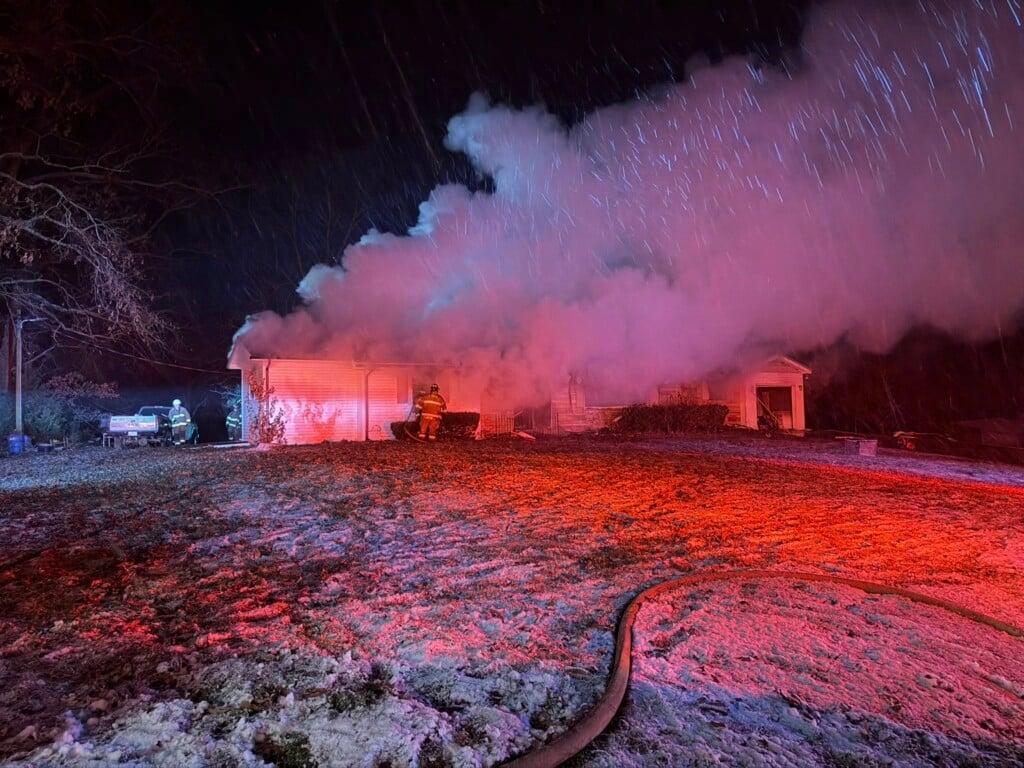Throwback Thursday: The Mammoth Cave Railroad was built nearly 140 years ago
The movement of people and modern transportation shapes the way our cities are established and developed. For Bowling Green, its nearness to Barren River played a critical role in its early history, with the Louisville & Nashville Railroad not making its way to the area for nearly 50 years after its founding. The L&N Railroad completely changed the way people and goods traveled, connecting the smaller communities between Louisville and Nashville with access to bigger city amenities and beyond. While the L&N was completed in Bowling Green in the late 1850s, railroad access to the area’s biggest tourism attraction wasn’t available until 1886.
Mammoth Cave’s first known formal tours were given in 1816, less than 20 years after the area was being settled by Revolutionary War veterans taking advantage of the land grants they were gifted for their military service. At that time, the only access to the cave for tours was via stagecoach and horseback. The L&N Railroad saw an opportunity to connect tourists to Mammoth Cave when the railroad was building spurs all over southern Kentucky about 40 years later. A special spur was completed in 1886 that brought travelers to the Mammoth Cave Hotel.
For a $3.00 ticket, the train would pick up passengers from the Glasgow Junction railroad stop, which would have been in modern day Park City, and carry them nearly nine miles to Mammoth Cave. There were a few other cave country stops along the way, like Diamond Caverns, Procter Cave, and Grand Avenue Cave. There were four “dummy” steam engines that would operate on this spur. One was named Hercules, and old photos and postcards commemorate it.
Modern Mammoth Cave National Park visitors can see a train car and locomotive commemorating the old Mammoth Cave Railroad. There’s also a nine-mile recreational hike and bike trail that follows much of the former railroad’s line that directly connects Park City to the main Visitor’s Center entrance.




